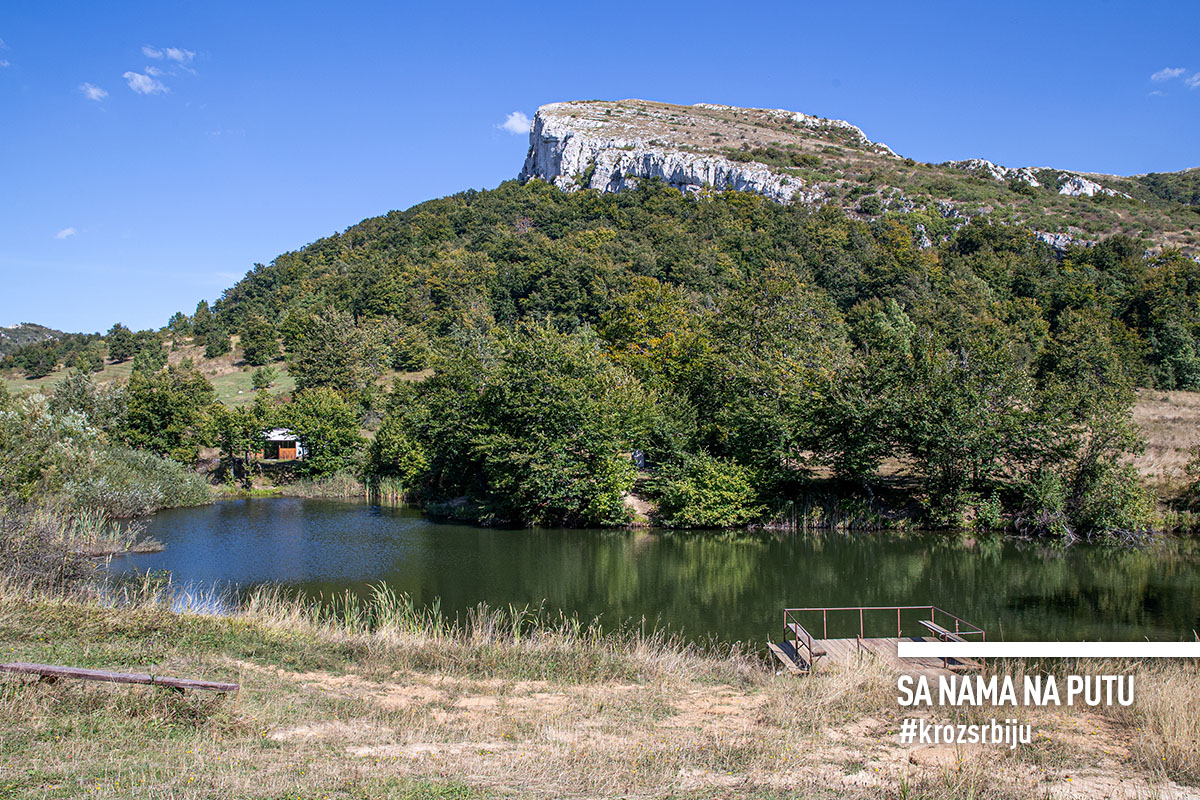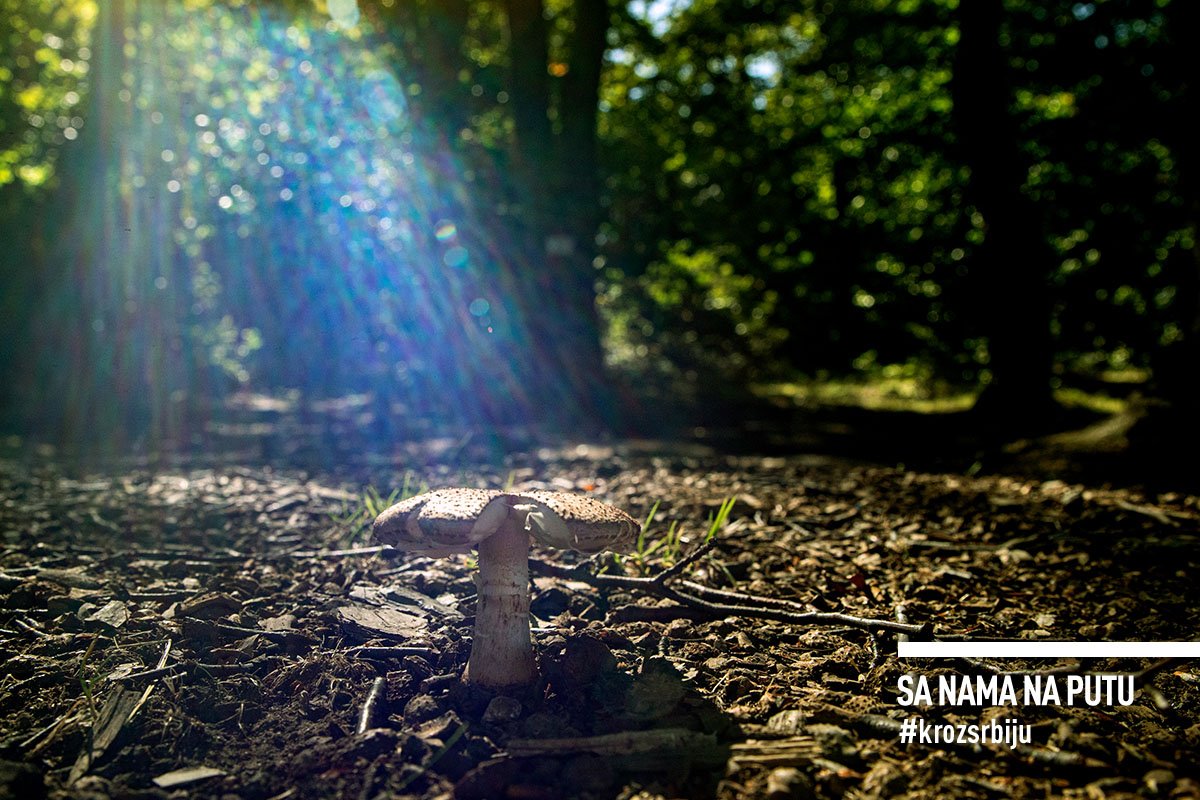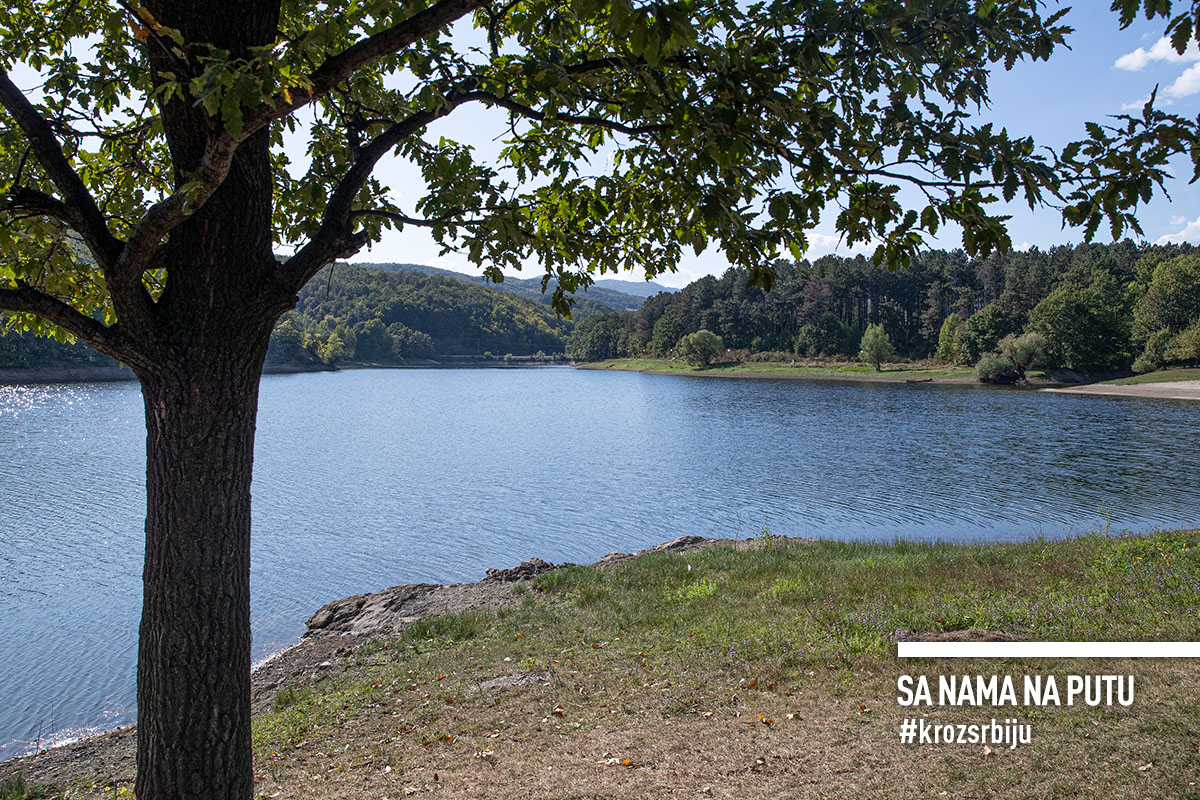An Indian summer has given us a few more days to enjoy the benefits of nature. Instead of the West, whose seductive power we have already confirmed, we turn our compass towards the East. Always mystical and enchanting, full of surprises. We are going to the mining region of our homeland and the landscapes where nature still successfully resists man.
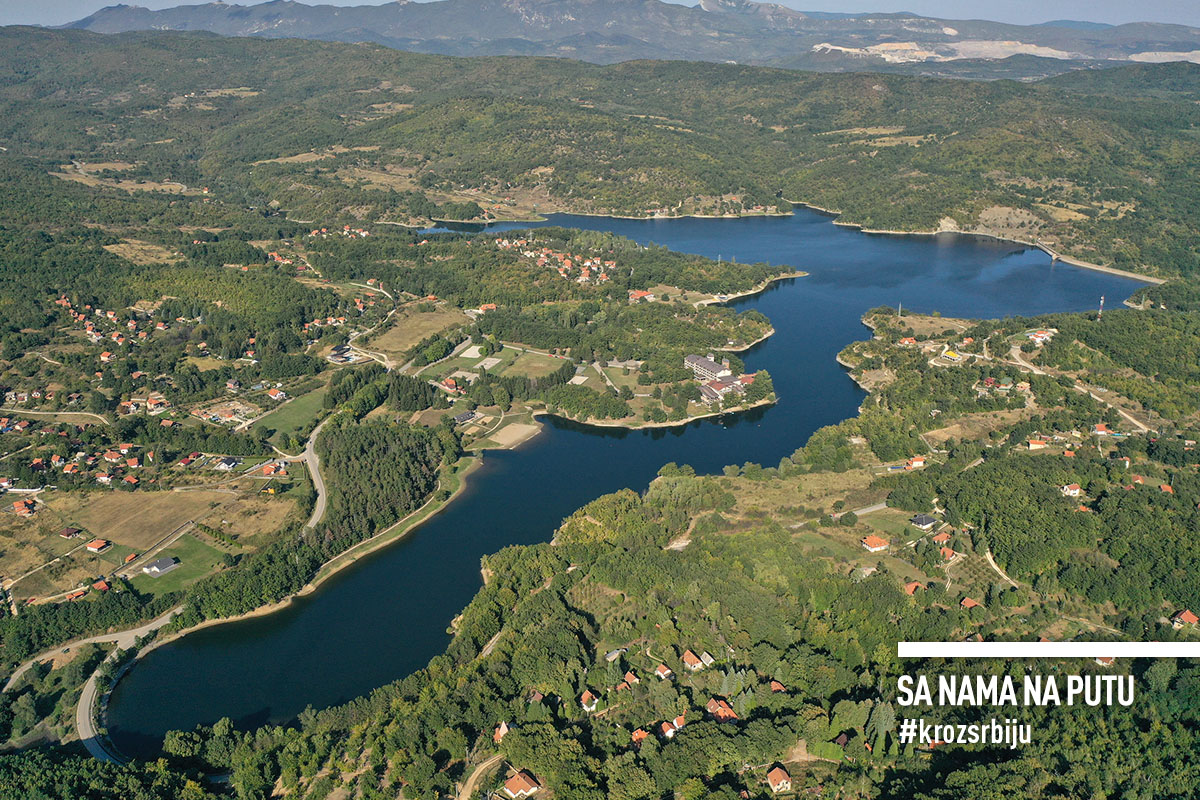
BECAUSE THE LAZAR’S CANYON IS A MYSTERIOUS PLACE
Wow! We couldn’t help but exclaim when our eyes saw the wonderfully carved cliffs covered with a green carpet. From a landscaped platform near the end of Lazar’s Canyon… Almost vertical giant walls overgrown with diverse vegetation extend their rocky hands to the other riverbank. To bridge the water. In some places, it is as if they are touching. And here and there, it seems they are tightly hugging. Somewhere, the boulders are indeed entrapped, and the two banks are connected. What’s at their bottom cannot be seen. The fence is installed at a safe distance from the edge. Do not even try to skip it, it is too steep, slippery, and dangerous. Sit back and enjoy. Here the words are silenced, and the imagination becomes playful.
The Lazar’s River and its tributaries – Demižlok, Mikulj and Vejska River – cut through the limestone massif of the eastern rim of the Kučaj Mountains and made a gorge. It is the longest and deepest in eastern Serbia.
With a multitude of crevices, ravines, and caves. The cliffs rise above 350 meters, and in the narrowest part, the width is less than seven meters. Like scenes from a fairy tale or a science fiction movie. Whether it was chosen as a sanctuary by elves and wizards is unknown. It’s not explored enough. But it is certainly a habitat of a diverse world of plants and animals. It is one of the most important biodiversity centres in the Balkans. This is the home of the Crimean Pine and relic species – yew tree and Serbian ramonda, a delicate purple flower.
„There used to be dozens of pairs of eagles, thousands of swallows, and chamois would walk everywhere in the evening”, reveals a local explorer whom we met at the viewpoint. „And then tourists rushed in and brought modern technologies, endangered them, and many ran away”, the nature conservationist recalls sadly and angrily the time when the human foot rarely walked here. But there is some good news. A few years ago, a couple of bears were brought in, and now five of them are lounging around the gorge. It seems that the giant growlers took to their new habitat.
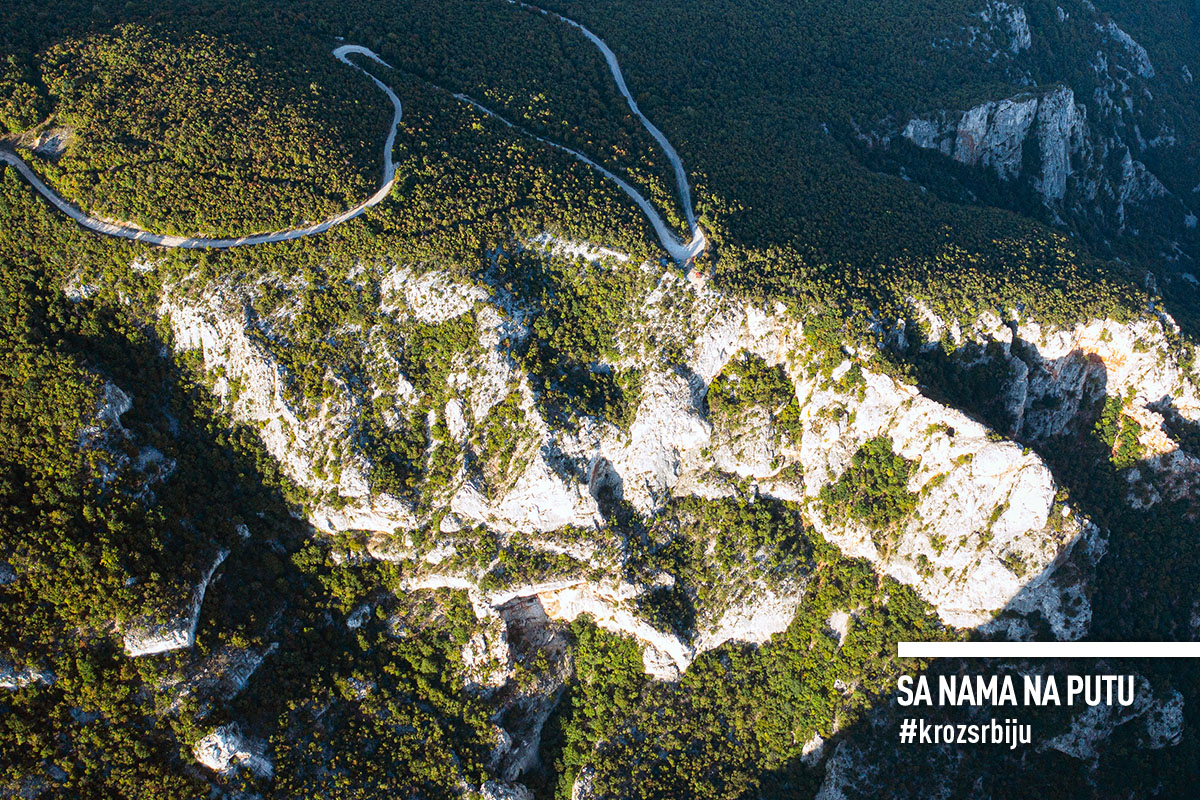
Because of its wilderness and inaccessibility, it was a haven for fighters against the Ottoman Empire, whose soldiers did not dare to enter it. And when it comes to its name, there are several stories. According to one, it was named after Lazar, a fighter against Ottomans, who found his refuge here. And after the other story, it got its name after Prince Lazar, who stayed here with his horsemen. And it certainly has that unconquerable character. The name undoubtedly suits it.
Passing through one of the most impassable canyons is a great challenge even for true adventurers. It requires a lot of skill, good fitness, but also courage. It is visited during longer dry periods, in groups and preferably with a guide, with mandatory protective equipment.
We had to take a macadam road to the viewpoint we visited. It is rather steep, with larger stones all along it, so it is necessary to drive carefully. You can also walk along the landscaped path from Lazar’s Cave, the longest one in Serbia. There are several more viewpoints, each providing a completely new and different experience of the homeland. The Lazar Canyon is a natural monument. Its beauty is out of the ordinary and untouched, for now.
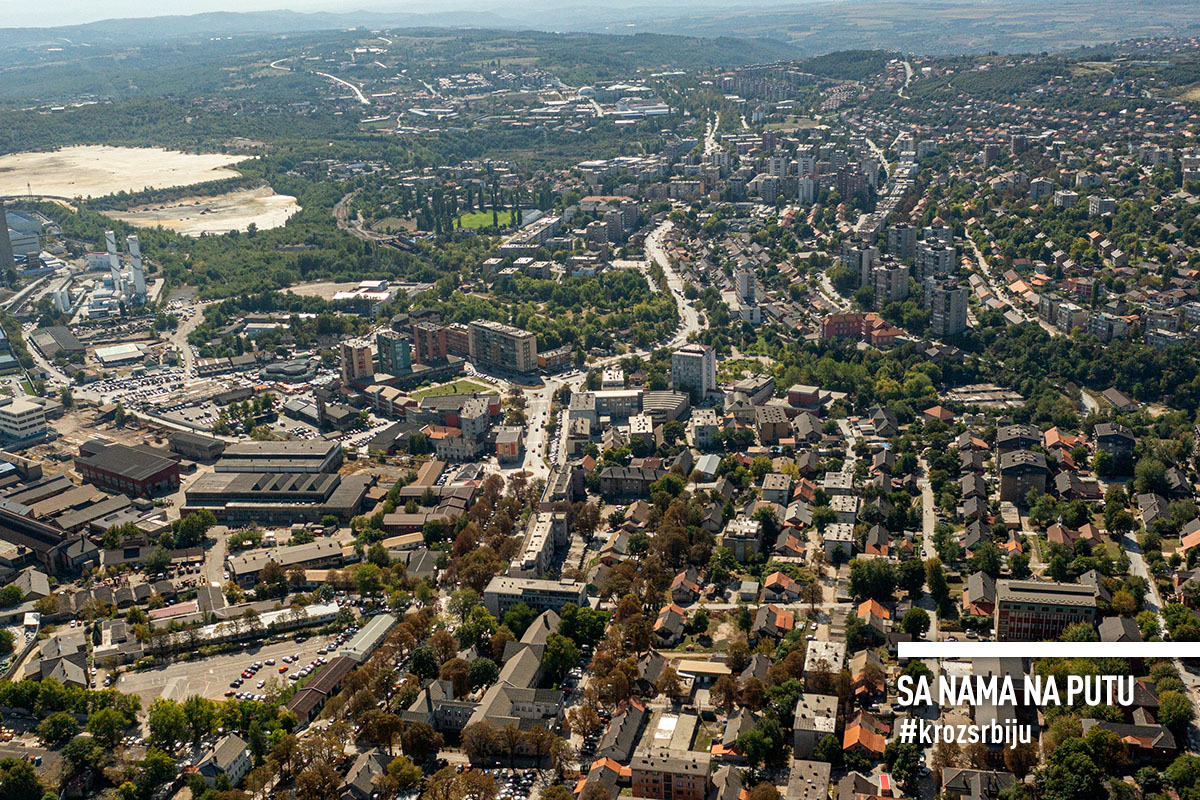
BECAUSE BOR IS THE MINING HEART OF SERBIA
It was mentioned for the first time in the 18th century. It began to develop with the opening of the copper mine in 1903, and it gained the status of a city after the Second World War. At the entrance to the city, there is a small square with a revolving monument to a miner. An unusual welcome that immediately lets you know where you have come to. There is a boulevard surrounded by trees leading to the city centre. It’s also a park-museum. On a grassy island between the two directions, there are industrial and mining exhibits. The car does not allow you to observe it carefully, so it’s better to take a walk. The most striking exhibit is a dump truck. Without a photo with this yellow giant, hardly anyone will believe that you visited Bor. Just be careful when crossing the street, it’s pretty busy. It is one of the most beautiful ones we have seen, and certainly the most unusual one.
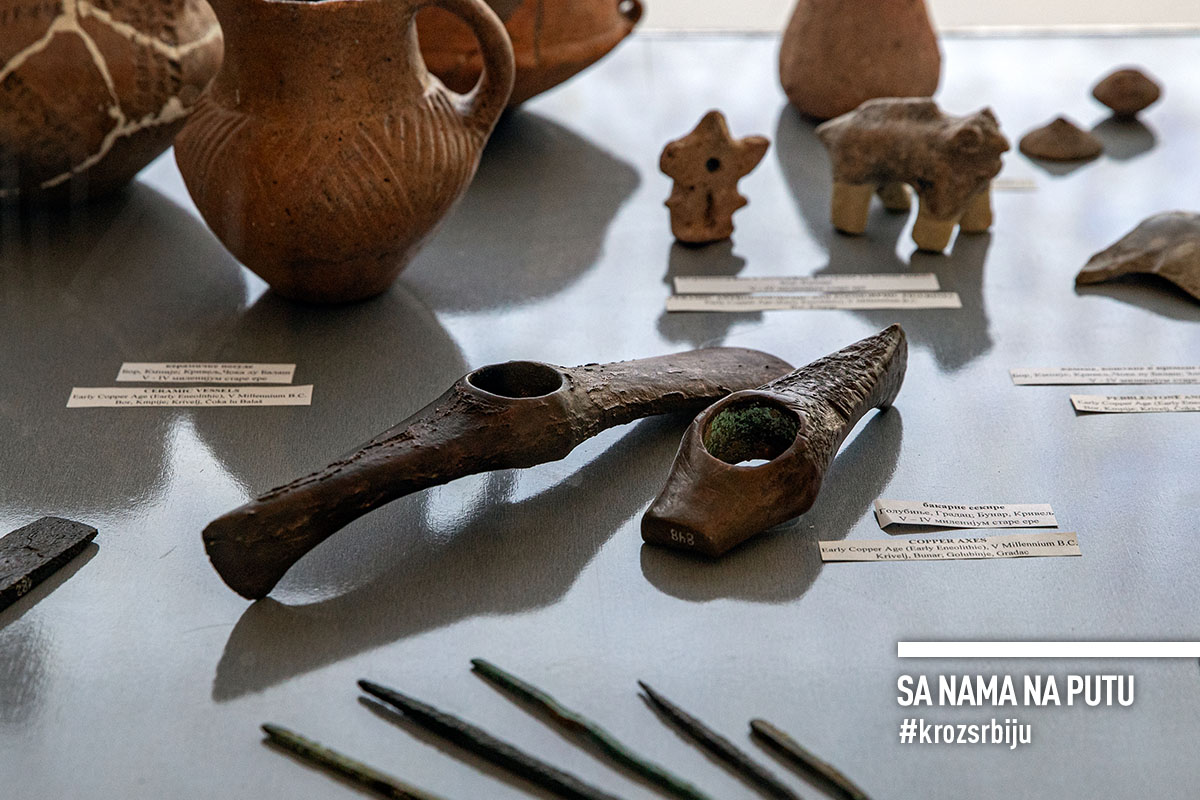
We reach the Museum of Mining and Metallurgy. The renovation, which is much needed, is in progress, so its cramped space is even more reduced. But there are interesting things to see. The permanent exhibition shows the development of mining and metallurgy from prehistoric times to the present, the history of the Bor Mine, and the most important people. In addition to antique mining tools, the most interesting exhibits include a bronze belt from the 5th century BC and a set of gold women’s jewellery from the 2nd century AD, which is quite sophisticated. The Vlach corner is also charming, and it presents the material and spiritual culture of the Vlach community of Bor and its surroundings. In front of the entrance, sculptures by famous academic artists are exhibited.
Nearby is the central square and a monument to Đorđe (Georg) Weifert, the founder of the Bor Mine. Wander around the city and discover the buildings of French architecture, and if you have enough time, stop by the Zoo. Not far away is Brestovačka Spa, tucked away in fairy-tale nature with thermo-mineral water that even ancient Romans used for healing. And its famous historical buildings are must-see.
Small, but unexpectedly green, likeable and with quite a diverse offer. And its surroundings are even more diverse.


